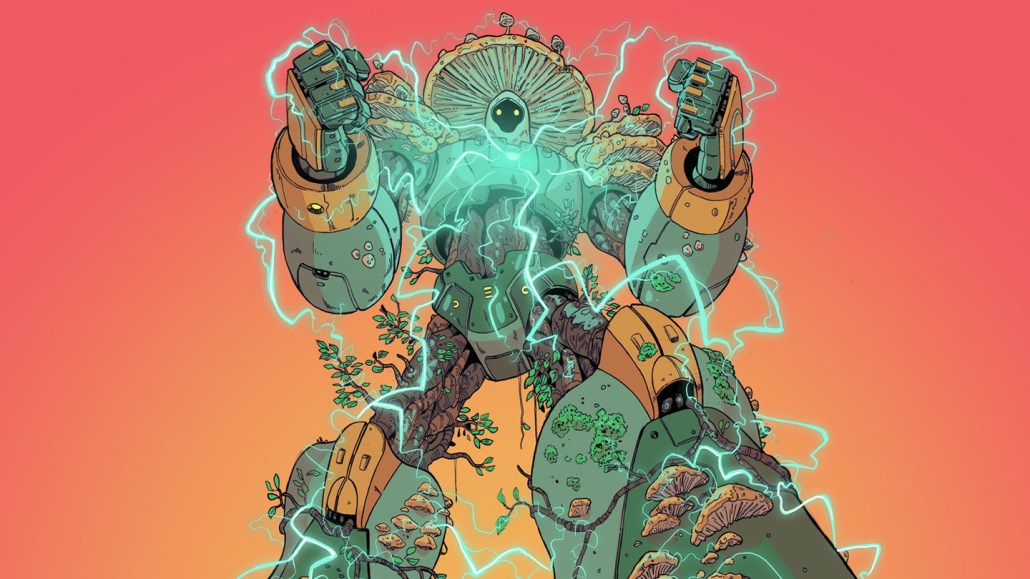Fungi robots, VR taste packs, Healthy heart + brain

Incorporating living tissue into robots can help the machines better interact with their environment.
LAURIE GREASLEY

Incorporating living tissue into robots can help the machines better interact with their environment.
LAURIE GREASLEY
Access to this content is for Investors Lab subscribers only. Investors Lab delivers exclusive, data-backed insights into scientific breakthroughs set to disrupt industries.